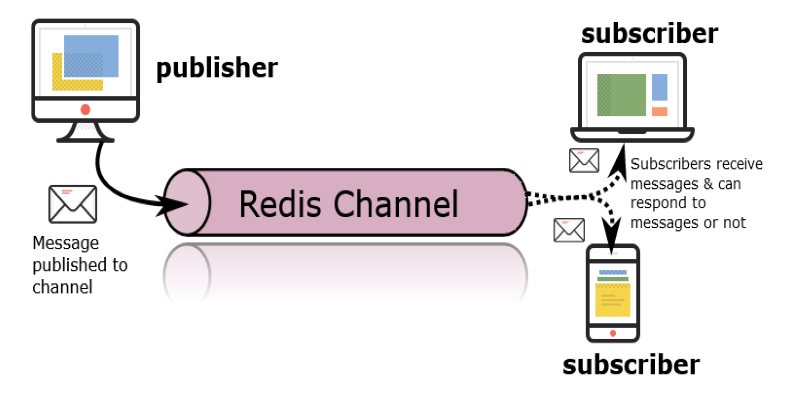Advertisement
Prompt engineering means writing clear and practical instructions to get better answers from language models. The way you ask questions or give directions plays an important role in the quality of the response you receive. If prompts are vague or unclear, the results may not be helpful or relevant. This is important because language models are utilized in various fields, including customer support, content creation, and data analysis.
Knowing how to create good prompts can save time and effort by producing more accurate and helpful answers. In this blog, we will explore practical strategies to help you build better prompts. These strategies will guide you to improve the responses you get and make your interaction with language models more efficient and productive.

Language models are computer programs designed to understand and generate human-like text based on the input they receive. When you type a question or a statement, the model tries to predict the most relevant and coherent response. The instructions or questions you provide are referred to as prompts. The more precise these prompts are, the more likely the response is to be effective.
Language models do not think or understand like humans, but work by analyzing patterns in large amounts of text. Because of this, the way you phrase your prompts can significantly affect the results. Sound prompt engineering helps guide the model to produce answers that are useful, accurate, and relevant to your needs.
To achieve the best results, your prompts should follow a few simple principles. First, clarity is essential. Use clear and specific language so the model understands precisely what you want. Providing context also helps; giving background information makes the response more accurate and relevant. It's also essential to find a balance between being too brief and too detailed; too short prompts might confuse the model, while too long ones can cause it to lose focus.
Lastly, iteration is key. Trying different prompts and refining them based on the responses helps improve the results over time. Following these principles ensures that your instructions guide the model effectively.
There are several effective techniques you can use to create more effective prompts and elicit more accurate responses. One of the most valuable methods is to include examples within your prompt. By showing the model a few sample answers or formats, you help it understand the type of response you are looking for. This guidance reduces ambiguity, resulting in more precise and relevant results.
Another essential technique is asking specific questions rather than broad or vague ones. Specific questions narrow the focus, making it easier for the model to provide precise and targeted answers. For instance, instead of asking "Tell me about technology," you might ask, "What are the main benefits of using renewable energy technology?"
Adding constraints can also improve outputs. For example, you might ask the model to respond in a particular style like formal casual and limit the answer to a specific word count. These restrictions help tailor the response to your needs and make it easier to use in different contexts.
When dealing with more complex tasks or seeking higher-quality responses, using advanced prompt strategies can make a big difference. One effective method is prompt chaining, which involves breaking a large or complicated question into smaller, manageable parts. Instead of asking the model to solve everything at once, you guide it step-by-step, allowing the model to focus on each part separately. This approach helps reduce confusion and improves the clarity and accuracy of the final output.
Another helpful technique is role prompting, where you ask the model to take on a specific role or persona, such as a teacher, expert, or consultant. This helps shape the style, tone, and level of detail in the response. For example, asking the model to respond as a professional doctor will produce a different style than if you request it to act as a casual writer. Role prompting guides the model to align its answers with your intended audience or use case.
While prompt engineering can significantly improve the quality of responses, several challenges and limitations should be considered by users. One common issue is that prompts may sometimes be unclear or ambiguous, which can confuse the model and lead to answers that are off-topic, incomplete, or irrelevant. This happens because the model relies heavily on the exact wording and context provided in the prompt to generate its response.
Another challenge is that models can become too narrowly focused on specific prompts, which may reduce their ability to handle different or unexpected questions effectively. This means the model might perform well with certain types of prompts but struggle to adapt when the questions change or become more complex.
Balancing creativity and control can also be challenging. While you want the model to generate interesting and useful answers, too much freedom can lead to responses that are off track or not aligned with your goals. On the other hand, overly strict prompts may limit the model's potential to provide rich, insightful content.
To get the most out of prompt engineering, it's essential to regularly experiment with different ways of phrasing and structuring your prompts. Not every prompt will work perfectly on the first try, so testing multiple versions helps you discover which ones produce the best responses. Keep track of your results by noting which prompts give accurate, clear, and helpful answers. This record will help you refine your approach over time.
Pay close attention to the feedback from the model's outputs. If the response is off-topic or unclear, adjust your prompt to be more specific or provide additional context. Different language models may respond better to certain types of prompts, so tailor your prompts to the model you are working with and the task you want to complete.
It's also helpful to stay informed about updates and new features in language models. As these models change, they may respond differently to prompts or offer new approaches to enhance accuracy. By staying updated, you can adapt your prompt engineering strategies to capitalize on these improvements.

Prompt engineering plays a key role in getting proper and accurate responses from language models. By crafting clear, specific, and well-structured prompts, you can help these tools better understand your needs. Using both basic and advanced strategies helps improve the quality and relevance of the answers.
While there are some challenges, such as managing creativity and handling complex requests, careful prompt design and regular experimentation can help mitigate these issues. Staying patient and adapting your approach as models evolve will help you make the most of these powerful tools. With the right strategies, prompt engineering can significantly enhance how you interact with language models and the results you get from them.
Advertisement

Explore how AI enhances employee performance, learning, and engagement across today's fast-changing workplace environments.

Discover AI’s latest surprises, innovations, and big wins transforming industries and everyday life.

Discover how an AI platform is transforming newborn eye screening by improving accuracy, reducing costs, and saving live

Need instant updates across your app? Learn how Redis Pub/Sub enables real-time messaging with zero setup, no queues, and blazing-fast delivery

Can $600 million change the self-driving game? This AI freight company isn’t chasing hype—it’s delivering real-world results. Here's why the industry is paying close attention

Explore how AI is boosting cybersecurity with smarter threat detection and faster response to cyber attacks

Learn about the top 5 GenAI trends in 2025 that are reshaping technology, fostering innovation, and changing entire industries.

LangFlow is a user-friendly interface built on LangChain that lets you create language model applications visually. Reduce development time and test ideas easily with drag-and-drop workflows

Discover how AI in weather prediction boosts planning, safety, and decision-making across energy, farming, and disaster response

Discover seven powerful ways AI helps manage uncertainty and improve resilience in today's fast-changing business world.

AI tools for solo businesses, best AI tools 2025, AI for small business, one-person business tools, AI productivity tools

Can machines truly think like us? Discover how Artificial General Intelligence aims to go beyond narrow AI to learn, reason, and adapt like a human